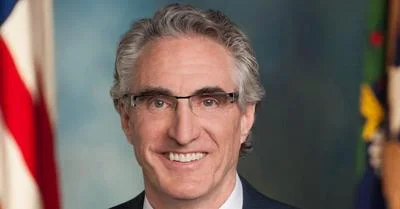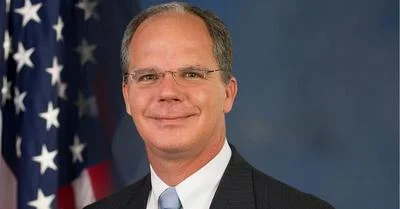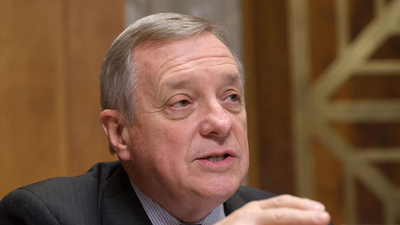Dear Secretaries Lew and Sebelius:
I write to express concern and request information regarding the increasingly growing cost of the Refundable Premium Assistance Tax Credit, also known as the Advance Premium Tax Credit (APTC) established under the Patient Protection and Affordable Care Act (PPACA).
As you both know, APTC is available to individuals, who are not offered coverage of minimum value by an employer, purchasing insurance with household incomes between 100 and 400 percent of the Federal Poverty Level (FPL) for the family size involved through health insurance exchanges approved by the Department of Health and Human Services (HHS). The Internal Revenue Services (IRS), in collaboration with data services hub established by HHS and all models of exchanges approved by HHS, will be determining eligibility and facilitating access to APTC.
The President’s Budget for Fiscal Year 2012 (FY12) estimated that APTC outlays would total $15.585 billion in FY14. A year later, the President’s Budget for FY13 estimated outlays of $21.553 billion in FY14 - a 38 percent increase from the prior year. The President’s Budget for FY14 increased further to $32.269 billion in FY14- a 50% increase from the year prior for FY14. Between the FY12 and FY14 Budget total outlays for APTC in FY14 increased by 107%. In addition, the projected cost of APTC for 2014 through 2021 has increased by 65% from the FY12 budget to the FY14 budget.
Since the APTC is determined based on income and the price of the second lowest cost silver plan, then the increases can only be attributable to more people accessing insurance through exchanges than was previously estimated or to higher health insurance premiums. Since these projected expenditure increases occurred before and after the Supreme Court decision that made it voluntary for states to expand Medicaid, it appears that enrollment of low-income individuals in the exchanges is not the only reason for the ballooning costs of subsidized coverage. However, the Administration continues to dismiss analyses suggesting that employers will drop coverage or that individuals will experience rate shock as a result of the law.
The Administration has provided no explanation for the exponential growth in the cost of APTC. To better understand the reasons for that growth I respectfully request the following:
1. A detailed explanation for the increases between budget years;
2. What factors were taken into account in estimating total outlays and how much each of those factors influenced the substantially higher estimates;
3. How much of the increase is attributable to changes related to coverage purchased through exchanges, and of those changes how much is related to:
a. an increase in the number of individuals purchasing insurance through the exchange due to employers no longer offering coverage,
b. an increase in the estimated per capita cost of health insurance purchased through the exchange, and
c. an increase in the number of individuals purchasing insurance through the exchange due to states not expanding the Medicaid program; and
4. What information regarding access to employer sponsored insurance was considered in estimating total outlays for APTC.
Thank you for your prompt response to this request.
Sincerely,
Senator Orrin G. Hatch Ranking Member Senate Finance Committee









